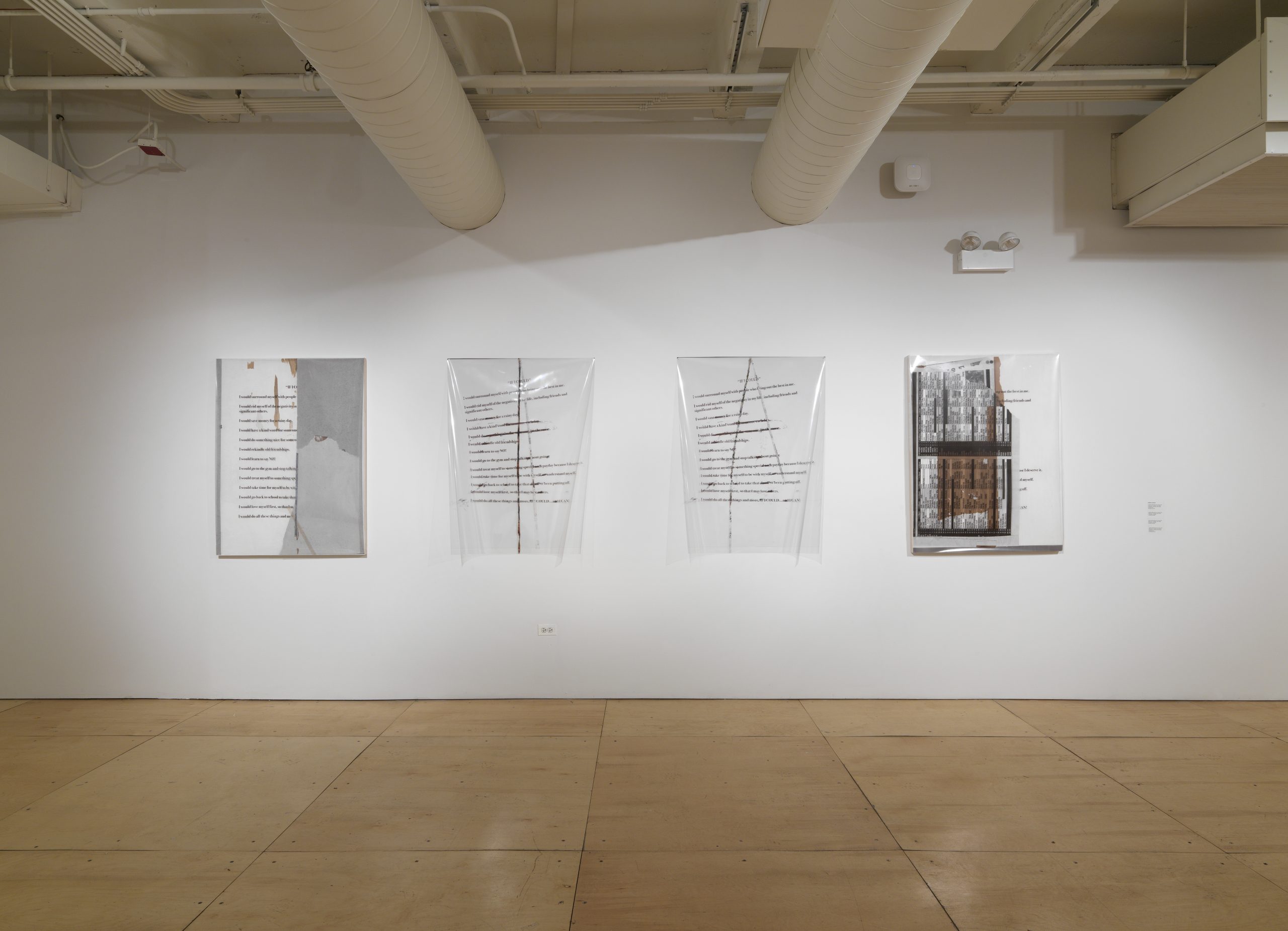Art & Art History
Observer Effect

Gallery 400
400 South Peoria Street, Chicago, IL 60607
Featuring: Jessica Hyatt, Steffani Jemison, Jochen Lempert, John O’Connor, Steve Roden, and Jorinde Voigt.
Across media and approaches, Observer Effect examines how artworks incorporate processes akin to the scientific method to examine and understand specific phenomena that exist in the world. Each artist’s idiosyncratic approach of observing and understanding his/her distinct subject matter reveals the artist’s own subjectivity through this process and discloses how each artist, the observer, is part of what is being observed.
A phenomenon is defined as that which is observable: things, events, or experiences, including that which is observed through technology. Today, in an information age, our conceptions of phenomena are greatly expanded. Beyond the natural world, history, discourse, images, texts, interactions, and so much more become phenomena ripe for examination. Information as objects and landscapes creates new observable experiences and sets of phenomena.
As we encounter these proliferating phenomena and relationships among them, how we understand them becomes ever more important. A step further is the reconsideration of how knowledge is built. The basics of the scientific method—asking a question, conducting background research, offering a hypothesis, testing the hypothesis in an experiment, analyzing the data, and drawing a conclusion—offer a pathway both to understand our changing world and to reflect on the new forms of thought necessitated by it.
Our goal in this exhibition is to reveal how keenly observation and investigation are a part of artistic practice and how in an artistic approach, much of that activity is imbued with the subjective. That subjective element is an effective artistic tool. Observer Effect proposes to reveal just how useful that tool is, and the dynamic relationship between artist, process, and artwork.